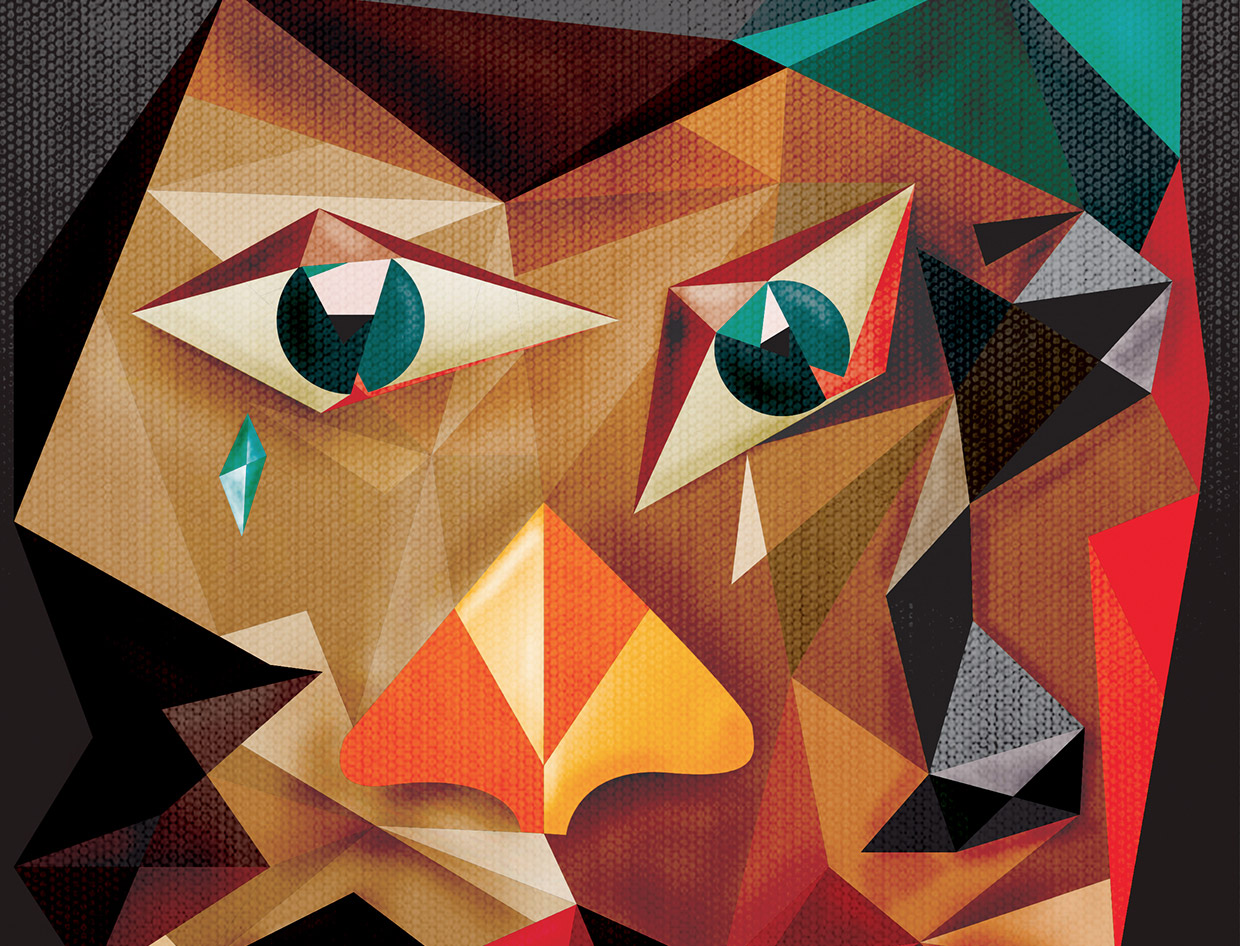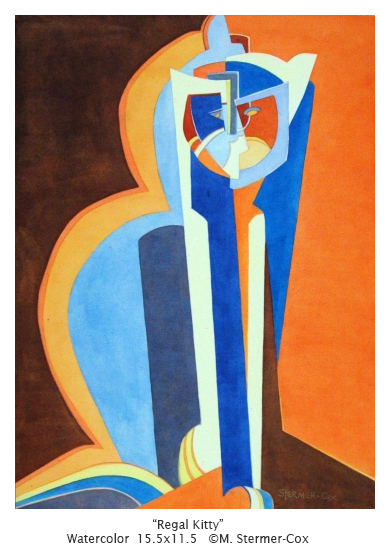

In the center stands a terrified horse, mouth open screaming in pain, its side pierced by a spear. Only his head and arms are visible the rest of his body is obscured by the overlapping and scattered parts of other figures. Beneath her, a dead or wounded man with a severed arm and mutilated hand clutches a broken sword. To her right is the head and partial body of a large white bull, the only unharmed and calm figure amidst the chaos. This is one of the most devastating and unforgettable images in the painting. On the far left is a woman, head back, screaming in pain and grief, holding the lifeless body of her dead child. As our eyes adjust to the frenetic action, figures begin to emerge. Everywhere there seems to be death and dying.

A third of the population, 1600 civilians, were wounded or killed. The devastation was appalling: fires burned for three days, and seventy percent of the city was destroyed. Twenty more fighter planes strafed and killed defenseless civilians trying to flee.

For over three hours, twenty five bombers dropped 100,000 pounds of explosive and incendiary bombs on the village, reducing it to rubble. It was a cold-blooded training mission designed to test a new bombing tactic to intimidate and terrorize the resistance. It was history’s first aerial saturation bombing of a civilian population. Picasso’s painting is based on the events of April 27, 1937, when Hitler’s powerful German air force, acting in support of Franco, bombed the village of Guernica in northern Spain, a city of no strategic military value. Guernica in ruins, 1937, photograph (German Federal Archives, bild 183-H25224)In 1936, a civil war began in Spain between the democratic Republican government and fascist forces, led by General Francisco Franco, attempting to overthrow them.


 0 kommentar(er)
0 kommentar(er)
